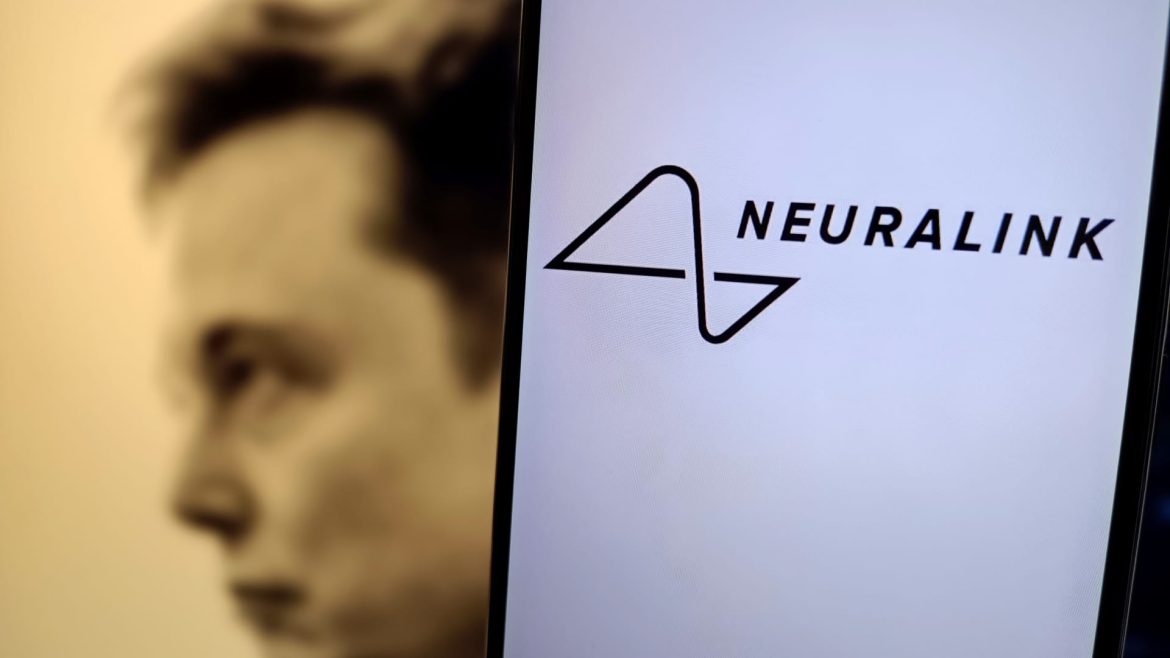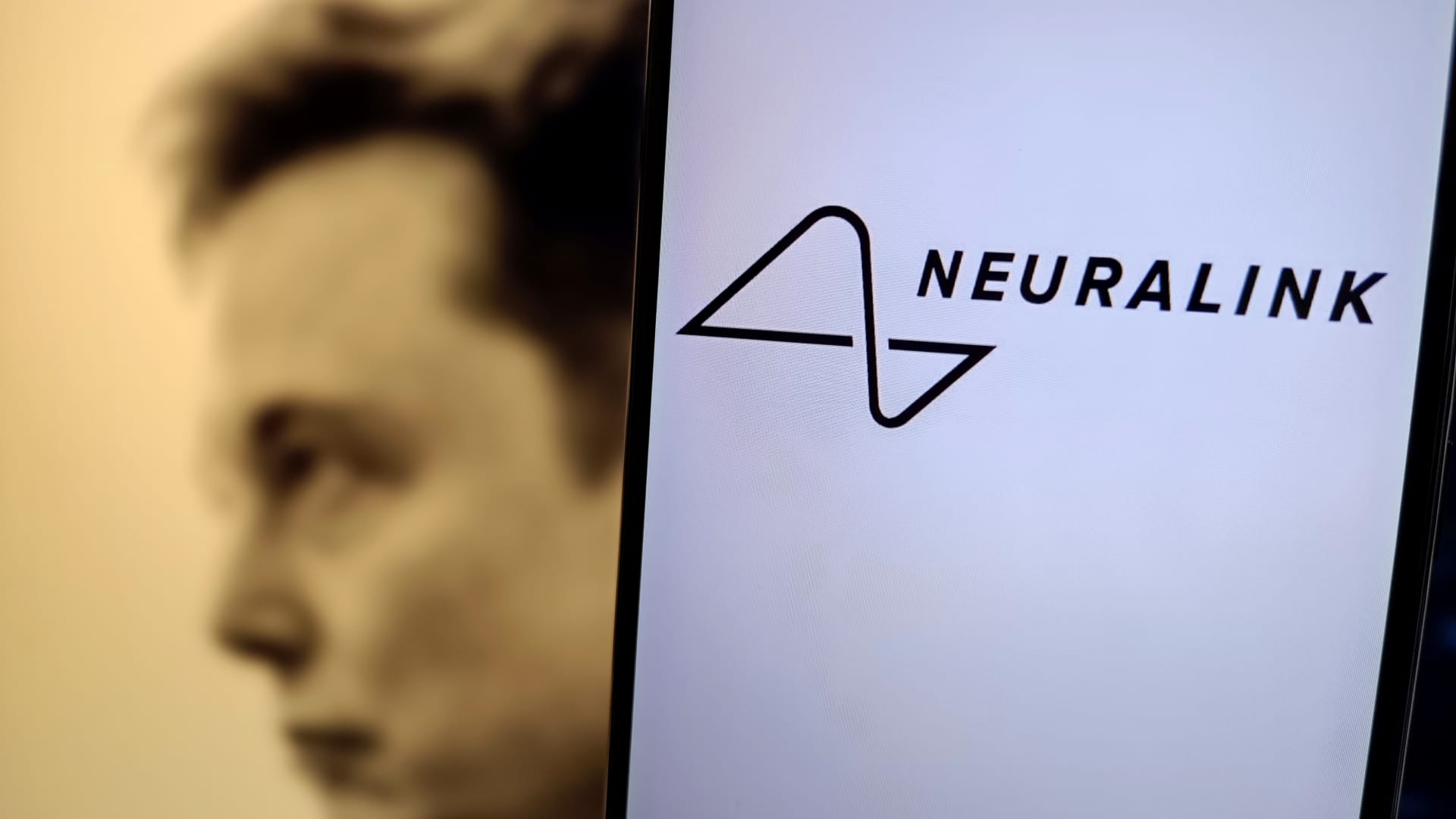Elon Musk’s Neuralink: A Deep Dive into the $650 Million Series E Funding and the $9 Billion Valuation Surge
Neuralink, the ambitious neurotechnology startup co-founded by Elon Musk, has recently made headlines with its remarkable fundraising success and technological developments. The company, focused on developing advanced brain-computer interfaces (BCIs), successfully closed a $650 million Series E funding round, simultaneously achieving a pre-money valuation of $9 billion. This milestone reflects not only investor confidence but also Neuralink’s progress toward groundbreaking clinical applications, notably in aiding patients with paralysis and other neurological impairments.
—
The Significance of Neuralink’s Latest Funding Round
Neuralink’s latest capital raise of $650 million marks one of the largest Series E rounds in the neurotechnology sector to date. Unlike earlier rounds—which saw valuation figures around $3.5 billion in late 2023 and approximately $5 billion by mid-2023—this new funding elevates Neuralink’s valuation to an impressive $9 billion. This near tripling in valuation over a few months underscores swift advancements and growing optimism about the company’s trajectory.
Key investors participating in this round include venerable venture capital and growth equity firms such as ARK Invest, DFJ Growth, Founders Fund (backed by Peter Thiel), Sequoia Capital, Thrive Capital, Lightspeed Venture Partners, G42, Human Capital, QIA, Valor Equity Partners, and Vy Capital. This diverse and powerful roster reflects high-profile backing and strategic belief in Neuralink’s technology and commercial prospects.
—
What Neuralink Is Building: The Brain-Computer Interface (BCI)
Neuralink’s primary innovation lies in developing a BCI that translates brain signals into external commands. This technology aims to provide seamless communication between the human brain and computers or other devices, enabling capabilities such as controlling digital interfaces, prosthetics, or other machinery directly through neural activity. Its foremost application targets patients suffering from spinal cord injuries, paralysis, or neurological disorders that impair motor functions and communication abilities.
The significance of Neuralink’s BCI is multifold:
– Clinical Impact: The implant allows patients who are paralyzed or unable to speak to interact with electronic devices effortlessly. In early tests, patients have been able to play video games, browse the internet, post on social media, and move cursors on a laptop using brain signals alone.
– Regulatory Progress: Neuralink has reportedly received approvals from regulatory bodies such as the U.S. Food and Drug Administration (FDA) and Health Canada to begin clinical trials. These approvals mark a crucial transition from laboratory and animal testing toward human clinical applications.
– Technological Milestone: The implant involves miniaturized electronics and wireless transmission of neural data, a technological breakthrough that aims to minimize invasiveness and maximize effective integration with the human nervous system.
—
Broader Context: Neuralink’s Funding Journey and Valuation Growth
Prior to this $650 million raise, Neuralink’s funding history reflected growing interest but at smaller scales. For example, in late 2023, Neuralink raised around $43 million in venture capital, with a valuation near $5 billion as of June 2023. The sudden surge to a $9 billion valuation illustrates accelerated confidence due to successful clinical trial approvals and public demonstration of the technology’s capabilities.
The valuation growth also indicates investors’ anticipation of substantial commercial potential beyond initial medical applications. Brain-computer interfaces, once fully realized, promise revolutionary applications not only in healthcare but potentially in human augmentation, communication, AR/VR interaction, and AI integration.
—
How This Funding Will Propel Neuralink Forward
The infusion of $650 million in capital will enable Neuralink to:
– Advance clinical trials swiftly and rigorously, moving through safety and efficacy testing crucial for obtaining final regulatory approvals.
– Expand research and development teams to optimize the implant’s design, scalability, and usability in diverse patient populations.
– Establish manufacturing and distribution infrastructure that prepares the company for eventual commercial rollout.
– Enhance partnerships with hospitals, rehabilitation centers, and research facilities to implement clinical programs and gather comprehensive patient data.
– Continue to explore new frontiers in brain-machine interfacing, such as applications in AI collaboration and sensory augmentation.
—
Implications for the Neurotechnology Landscape and Beyond
Neuralink’s leap in valuation and ongoing technological progress sends ripples across the broader landscape of neurotechnology investments and innovation. Several important implications emerge:
– Investor Appetite: The participation of top-tier venture capital in Neuralink’s $650 million round signals robust investor appetite for BCI startups, potentially triggering renewed interest and funding influx into related neurotech fields.
– Competitive Benchmark: With a $9 billion valuation, Neuralink now sets a high benchmark for competitors developing brain implants, spurring an intensified race for technological breakthroughs.
– Social and Ethical Concerns: As Neuralink moves closer to human trials and broader adoption, debates around privacy, cognitive liberty, and ethics of brain-machine integration are gaining urgency. The novel nature of BCIs requires careful oversight and societal dialogue.
– Potential for Paradigm Shift: Beyond medical applications, successful BCI implementation hints at a transformative future where human cognition interfaces dynamically with AI and computational systems, redefining the boundaries of communication and capability.
—
Conclusion: Neuralink’s Bold Leap Towards the Future of Brain-Machine Synergy
Neuralink’s recent $650 million Series E fundraising and its sharp rise to a $9 billion valuation represent more than financial success—they symbolize a pivotal moment in the journey toward merging the human brain with technology. The company’s advancements in brain-computer interfaces hold the potential not only to revolutionize treatments for paralysis and neurological conditions but also to fundamentally reshape human interaction with machines.
While challenges remain—ranging from technical optimization to regulatory hurdles and societal acceptance—the momentum behind Neuralink is undeniable. The trail blazed by Musk’s startup serves as a beacon illustrating how bold innovation, coupled with strong investor belief, can propel frontier technologies from concept to clinical reality, and perhaps ultimately to everyday life. Neuralink is poised at the vanguard of a new era where the boundaries between mind and machine grow ever thinner, promising profound implications for humanity’s future.





